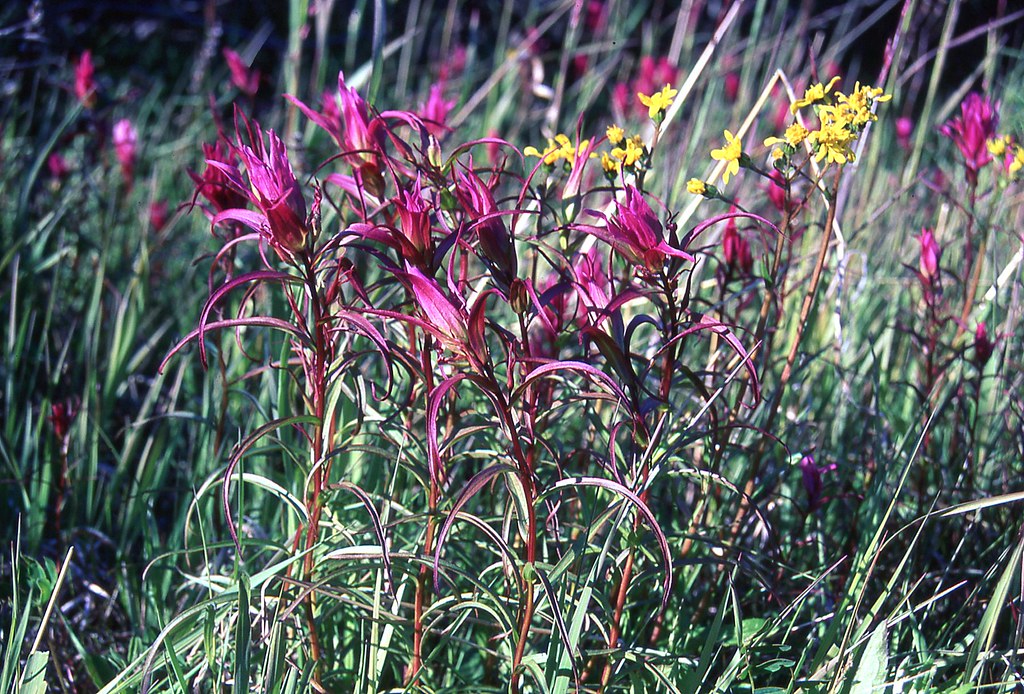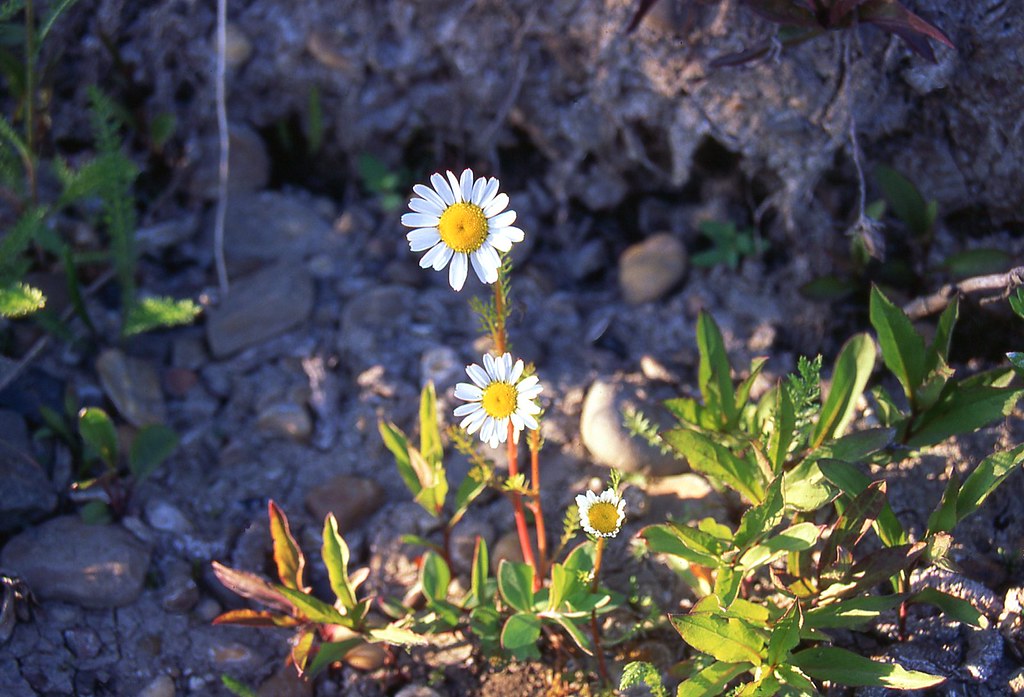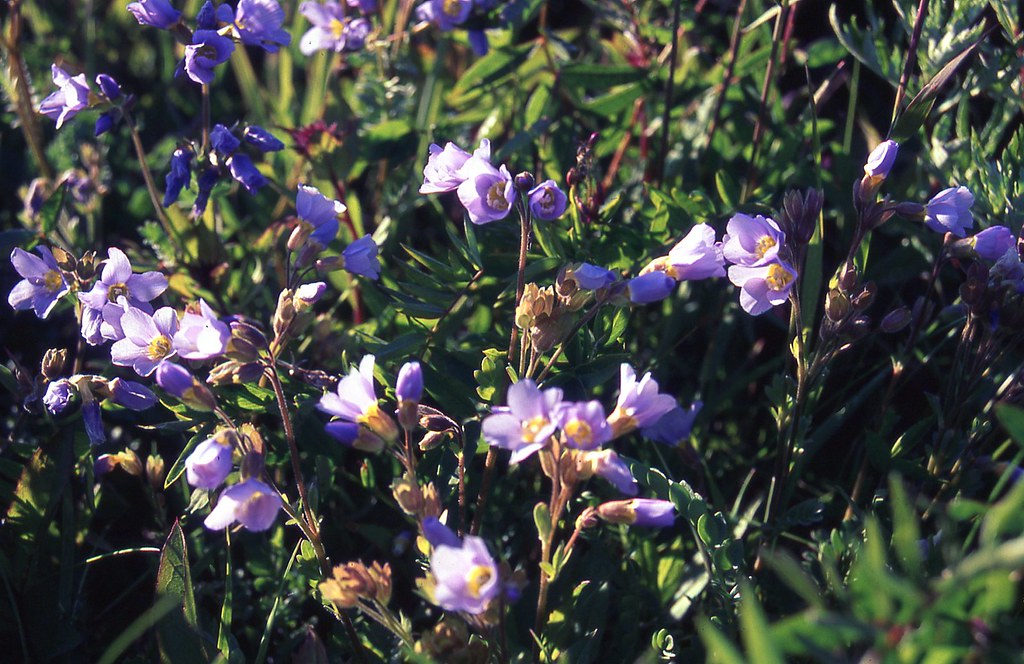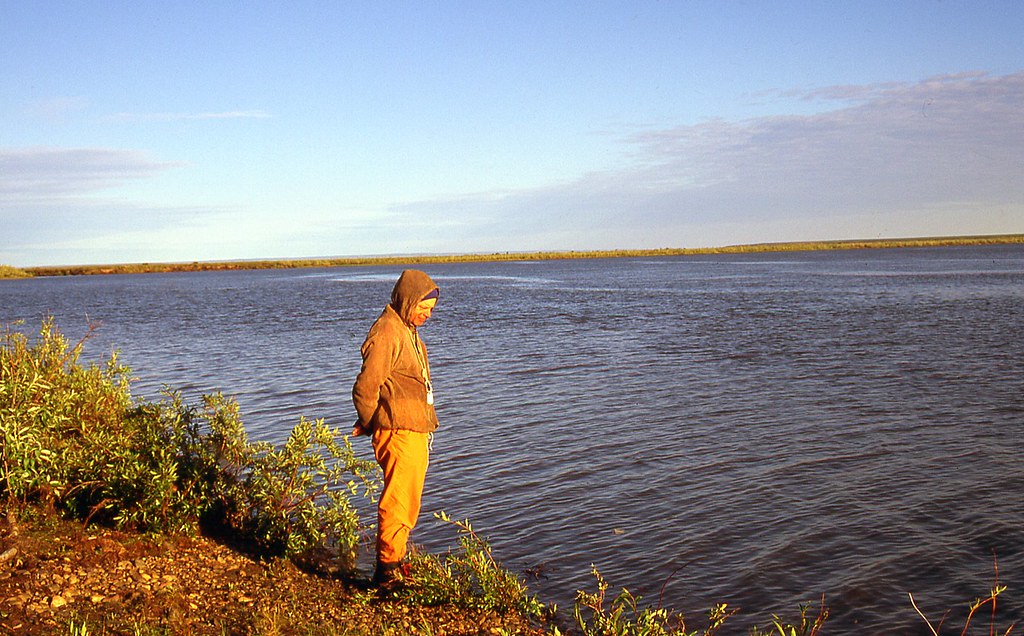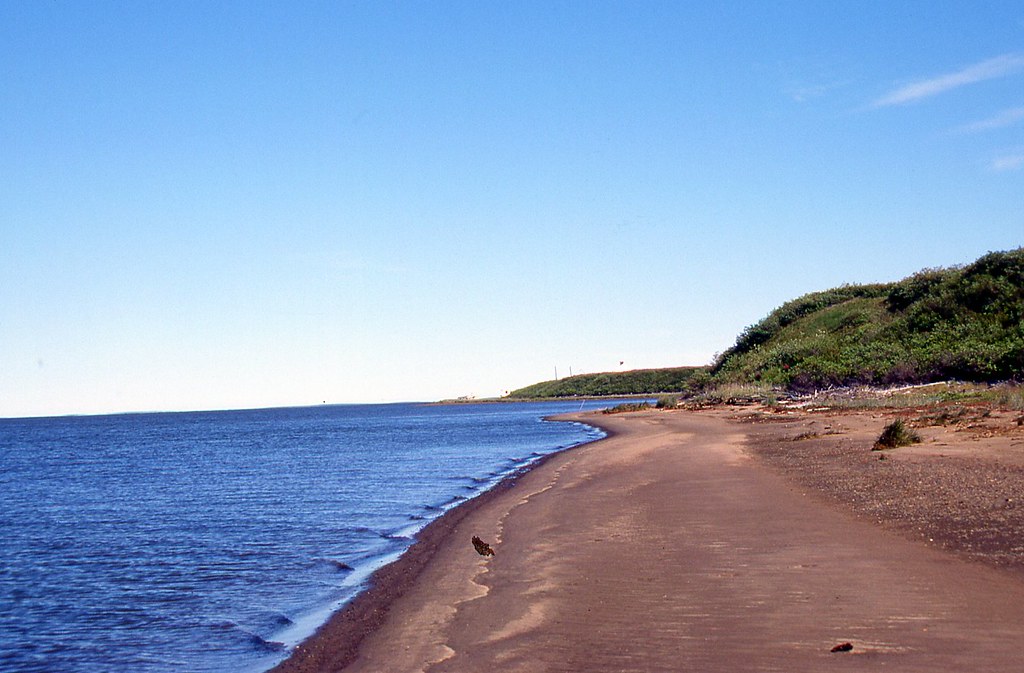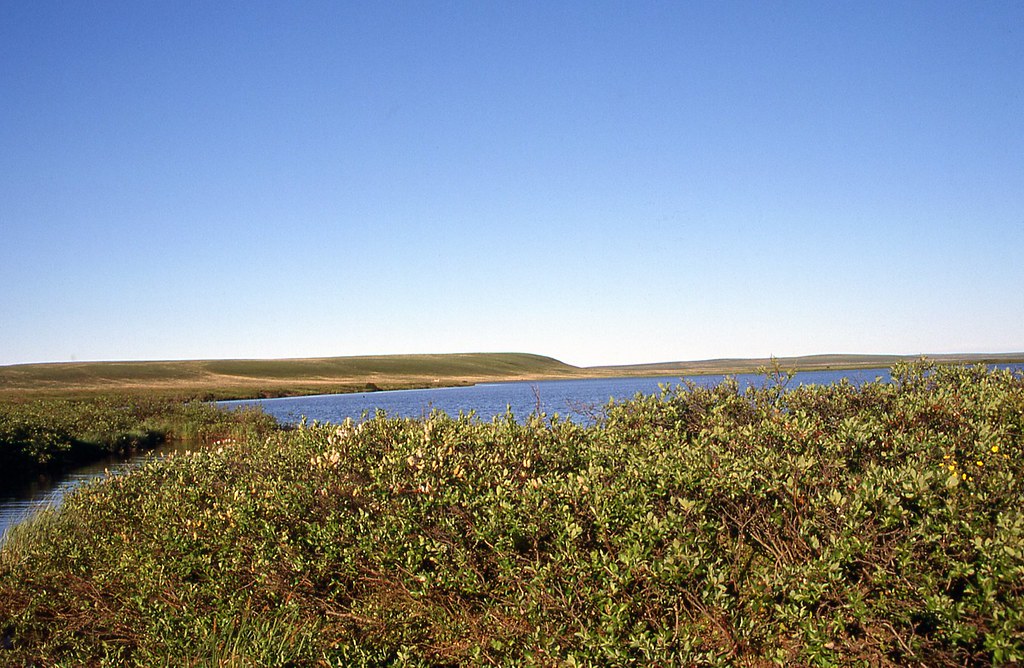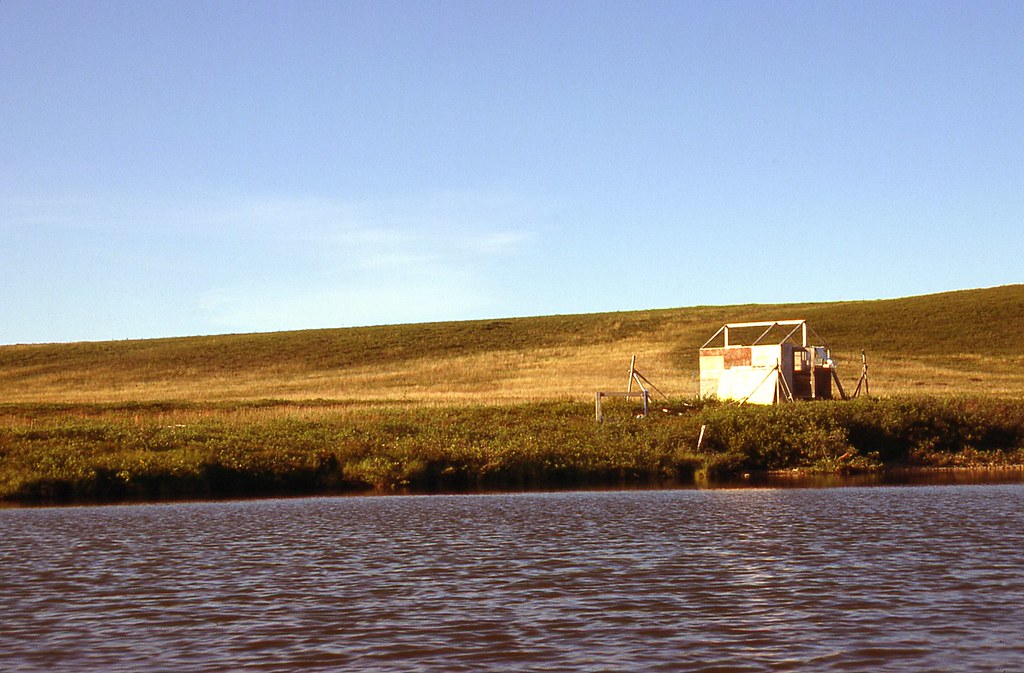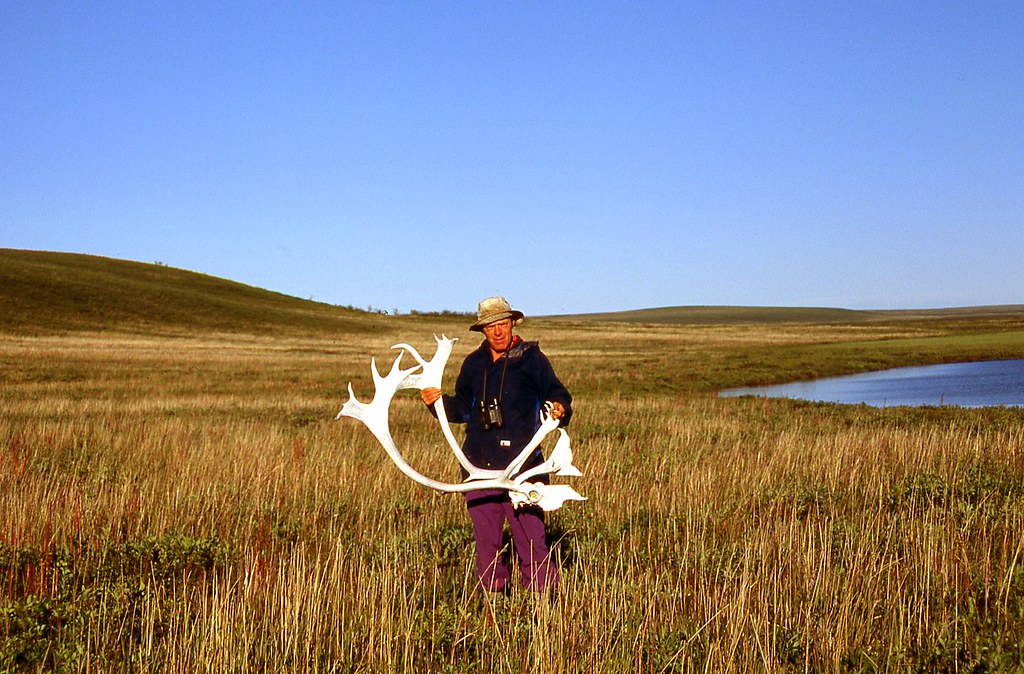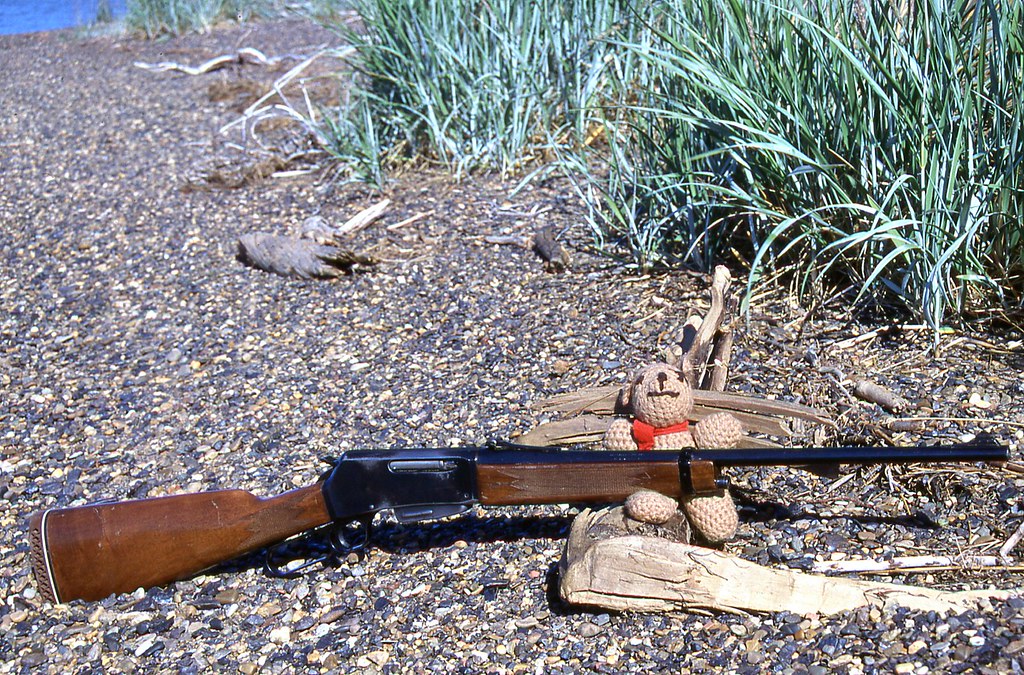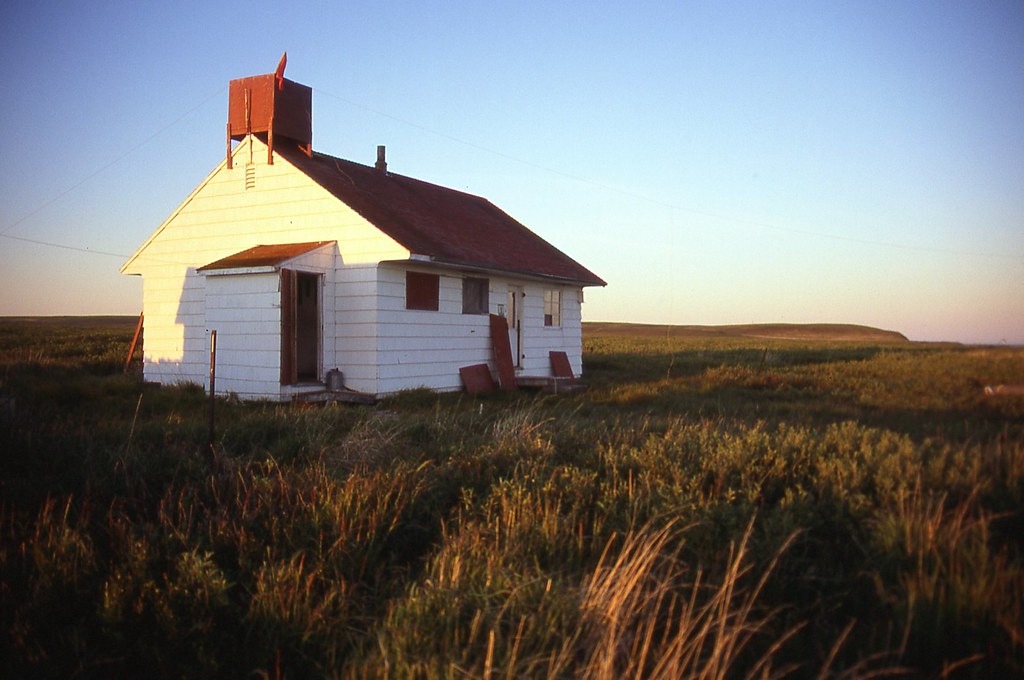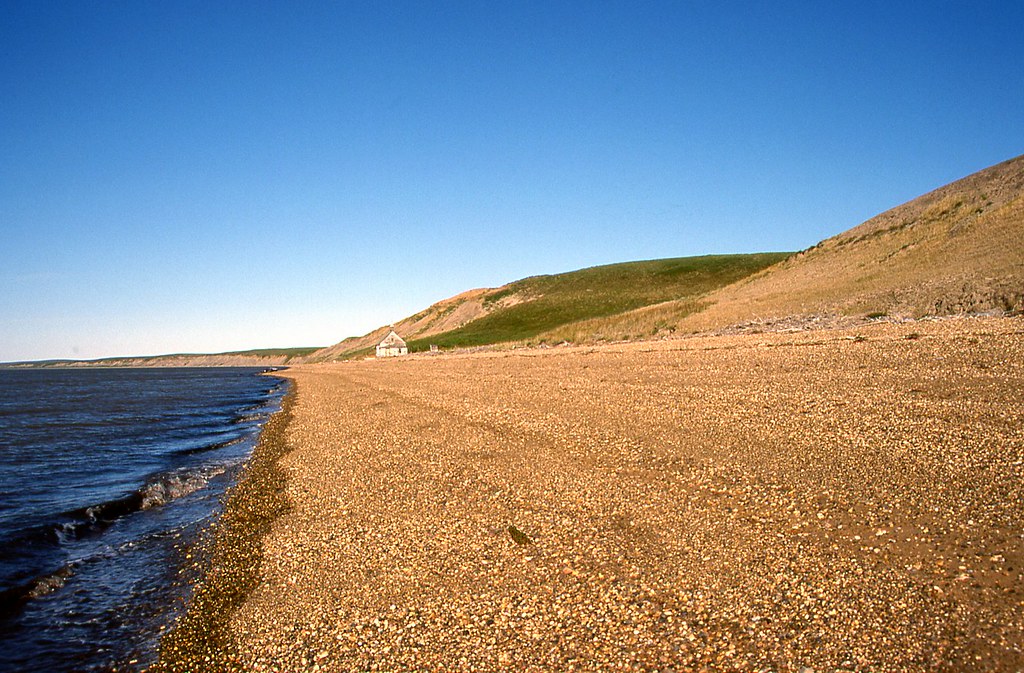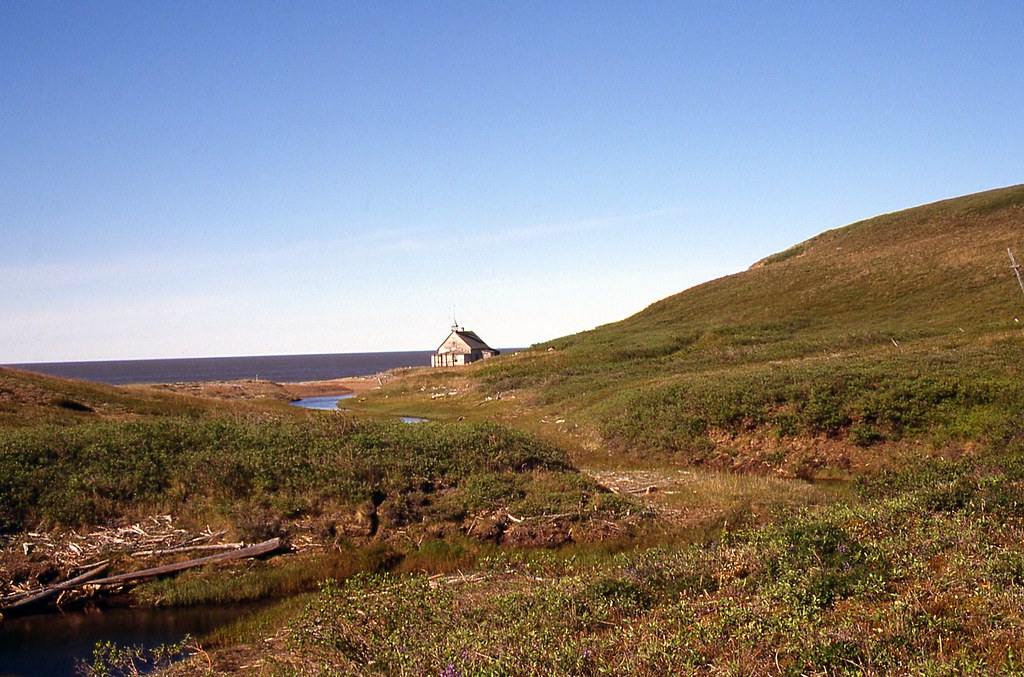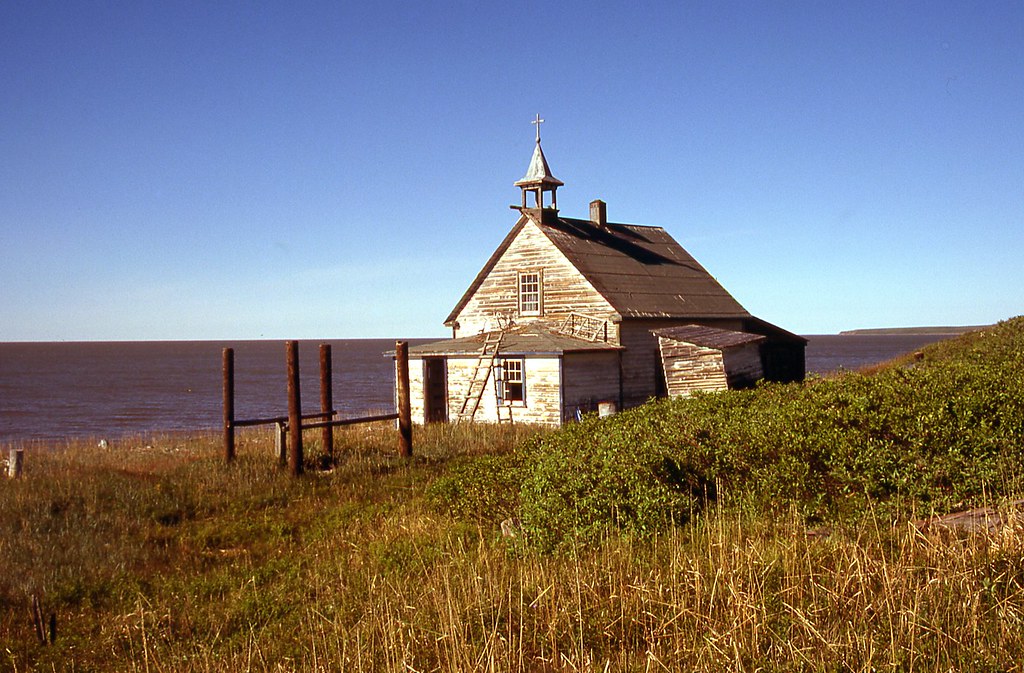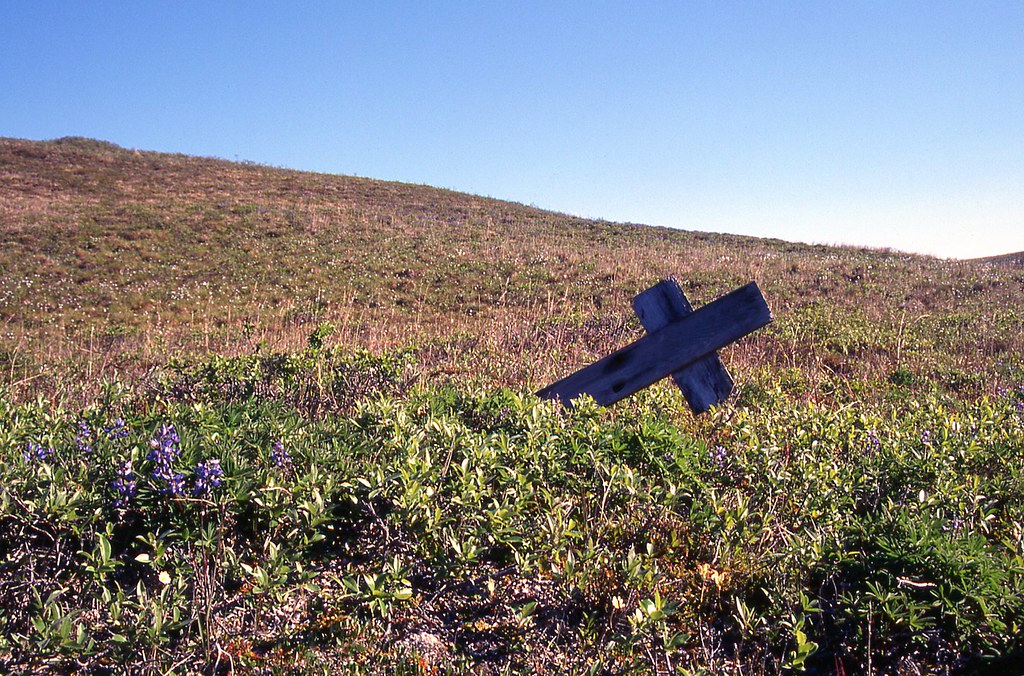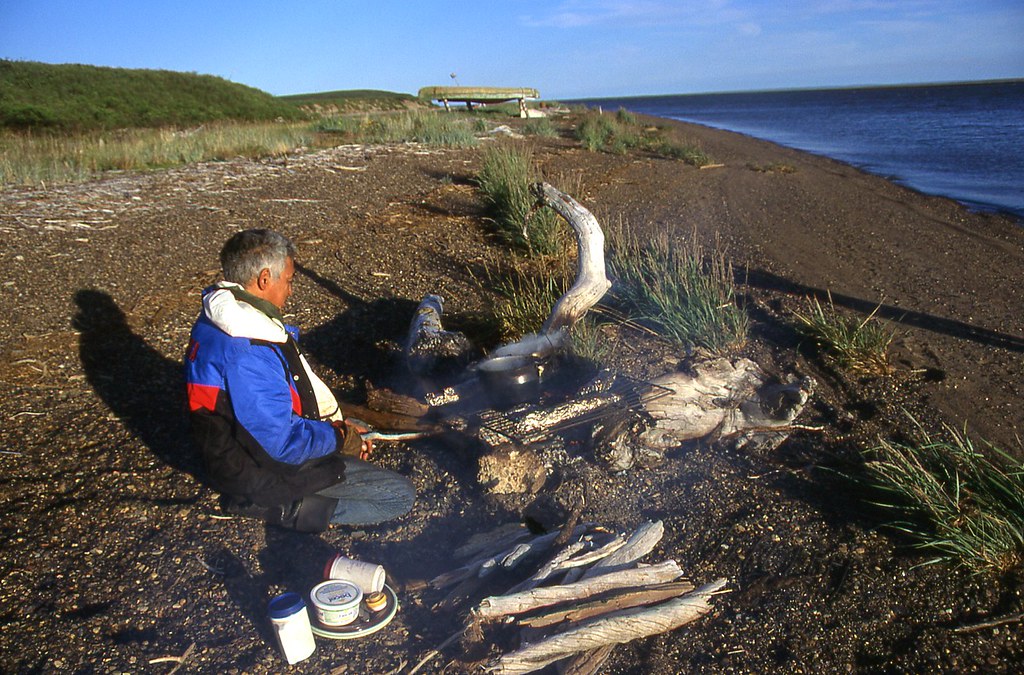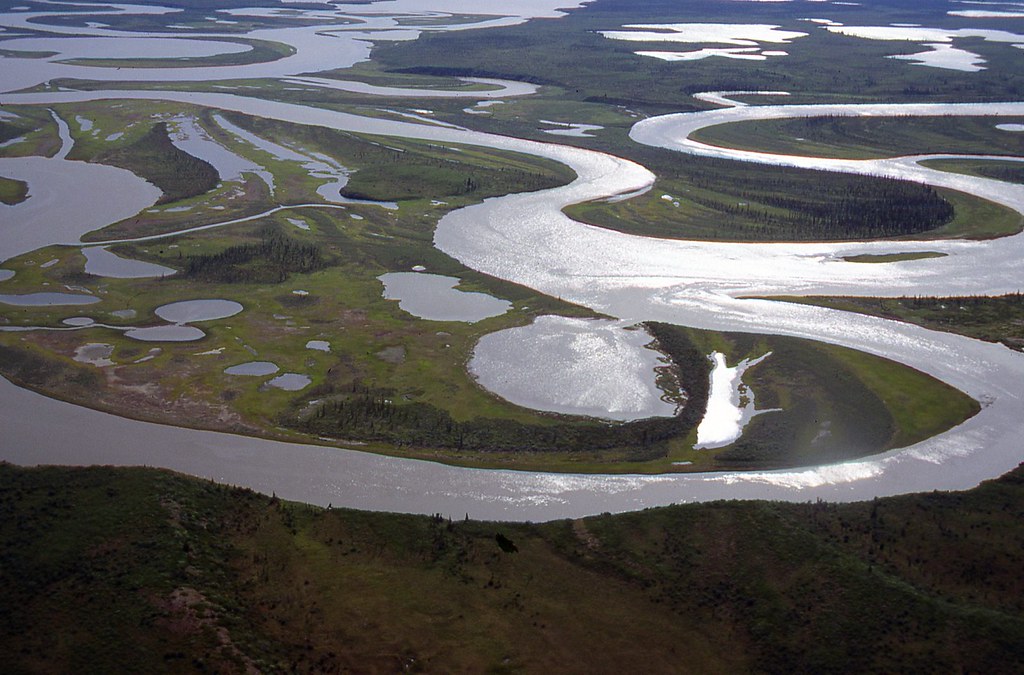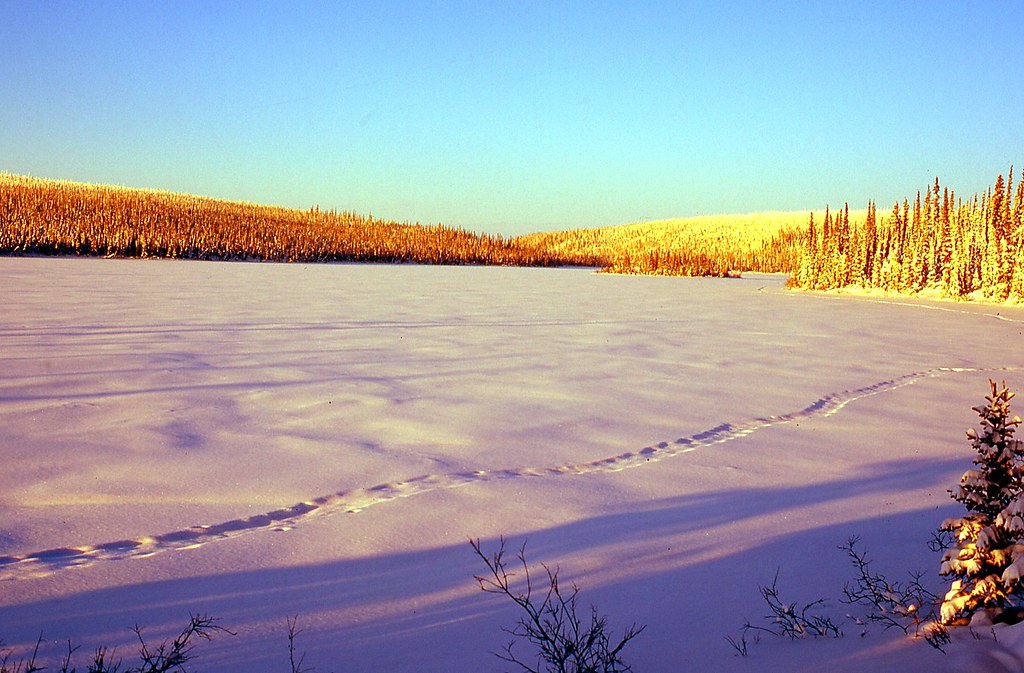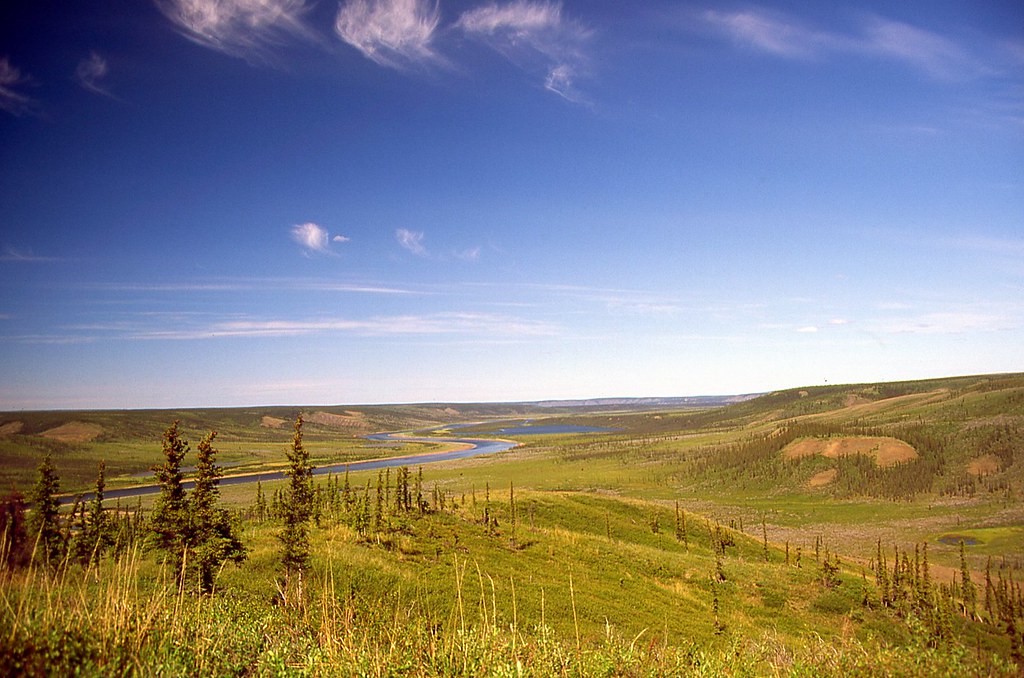Are there a couple of more reports still waiting? You have created a demanding fan base!
Thanks for all your support guys! I do have some more reports, but I think I will wait until early summer, or I will run out of material. Our first wilderness canoe trip, with two other couples, was in 1990, on the South Nahanni River, from the Moose Ponds down to Blackstone Landing on the Liard River. I didn't keep a journal, and we had only one camera. So I do not have the detail, or quality of images, of my later trips. We did prepare a slide show, however, and have given it many times in the past. Slides are already scanned. I think I will post that one next.
In 1993 Kathleen and I paddled by ourselves 37 days, and 950 km (600 miles) down the Thelon River, from Lynx Lake to Baker Lake at the head of Chesterfield Inlet on Hudson Bay. We both kept journals. Lots of detail for that TR. Slides are already scanned. I would like to post that after the Nahanni TR.
I have already presented our 1995 Coppermine River report.
In 1996, Kathleen and I paddled the South Saskatchewan River from the confluence with the Old Man River in Alberta, to just inside the western border of Saskatchewan. It was Kathleen's trick to get me to attend a family reunion in Saskatchewan. It's not a northern trip, from my perspective. But we did prepare a slide show for our canoe club, as sort of a humorous takeoff on longer, northern, more adventurous trips. We have given the slide show only once, and I have not scanned in the slides. As you might know, that's a lot of work. But it might be interesting.
I have already presented our 1997 Seal River report, and our 1999 Colville Lake/Anderson River Reports.
In 2001 Kathleen and I paddled the Snowdrift River, from Lynx Lake, where we began our Thelon River trip. This time, though, we went west, over the height of land, and then down the Snowdrift to near Great Slave Lake, where we took out to avoid lots of certain portages at the end of this river. Lots of detail, and lots of nice images. I would like to post this one after the Thelon River.
In 2004 Kathleen and I paddled the Arctic Red River, nearly from its source, down to the Mackenzie River, and then on to Inuvik. We mistakenly went with a couple that we barely knew. Our respective approaches differed quite markedly. We did not enjoy the trip. I stopped writing in my journal after the first couple of days, and took almost no pictures. A lesson learned.
From 2003 to 2008, we were on Pender Island, and did a lot of ocean canoeing. No trip reports for that.
We moved to Saskatchewan in 2008, and adopted four older sled dogs. There was no time for canoeing. The last dog died in 2016. In 2017 we paddled on Great Slave Lake. I already posted that TR.
Next year we intend to paddle the Yukon River from Whitehorse to Dawson City. It's only takes about two weeks. We have made other shorter trips, such as 10 days on the Dease River in northeastern B.C., and 7 days on the Bowron Lakes chain in central B.C. These shorter trips did not inspire me to keep a journal, or even prepare a slide show. There could be a TR on our pending Yukon River trip, but it's only two weeks! I'll try my best though, as I do like all the nice feedback I'm getting!!!!!
Looking forward to seeing you in Whitehorse, Canotrouge! I believe that's French for Red Canoe.
